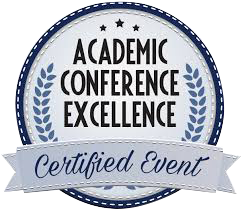Ivon T C Novak
National University of Cordoba, Argentina
Title: What about neutrophils and costimulatory molecules?
Biography
Biography: Ivon T C Novak
Abstract
Human neutrophils not only limit their function to phagocytosis, production of reactive oxygen species and generation of neutrophil extracellular traps (NETs), but also modulate the immune response according to the microenvironment and the cell-cell interactions. As it is known, NETs are formed by chromatin and granular proteins which after stimulation are released to the extracellular environment. NETs have not only been involved as defence mechanisms, but they have also been linked to tissue damage, thrombosis, cancer immunoediting and autoimmunity. Poly morphonuclear neutrophils (PMNs) activated in vitro may express molecules normally associated with antigen presenting cells (APCs). T cell activation initiates with a first signal, the interaction of the antigenic peptide/major histocompatibility complex with the TCR, and a second signal, the costimulatory signal. Costimulatory molecules B7-1 (CD80) and B7-2 (CD86), which can be performed in neutrophilic granules, can be expressed in the surface under certain stimuli. May NETs contain costimulatory molecules? Recently we found CD80 and CD86 colocalized in NETs in autologous leukocytes cultures, after lipopolysaccharide (LPS) or ovalbumin (OVA) stimulation. The costimulation can be stimulatory or inhibitory; this depends on the receptor. The B7-1/B7-2:CD28/CTLA-4 pathway is known to be critical for immune response initiation and regulation. The presence of costimulatory molecules in NETs would let them influence the cell environment and would allow PMNs to exert function as APCs and modulatory functions of various subpopulations of T cells. Future research regarding the impact of NETs on the role of T cells must be performed. The variability of neutrophil functions according to its environment, physiological or pathological condition, and the expression of different surface markers have allowed to characterize different phenotypes of neutrophils, but there are heterogenea descriptions in literature, because parameters, methods, specie, tissue and biomarkers, are different. Neutrophils are very interesting cells implicated in innate and adaptive immunity.

